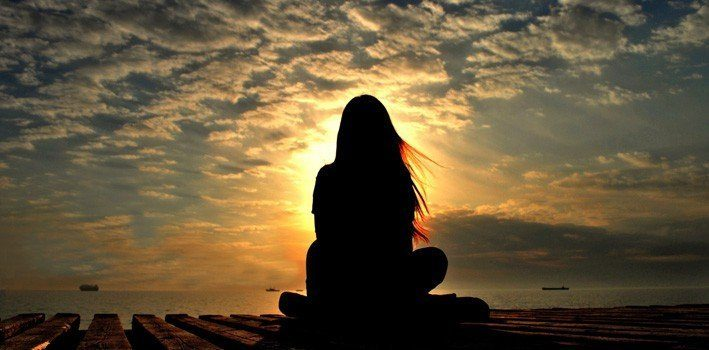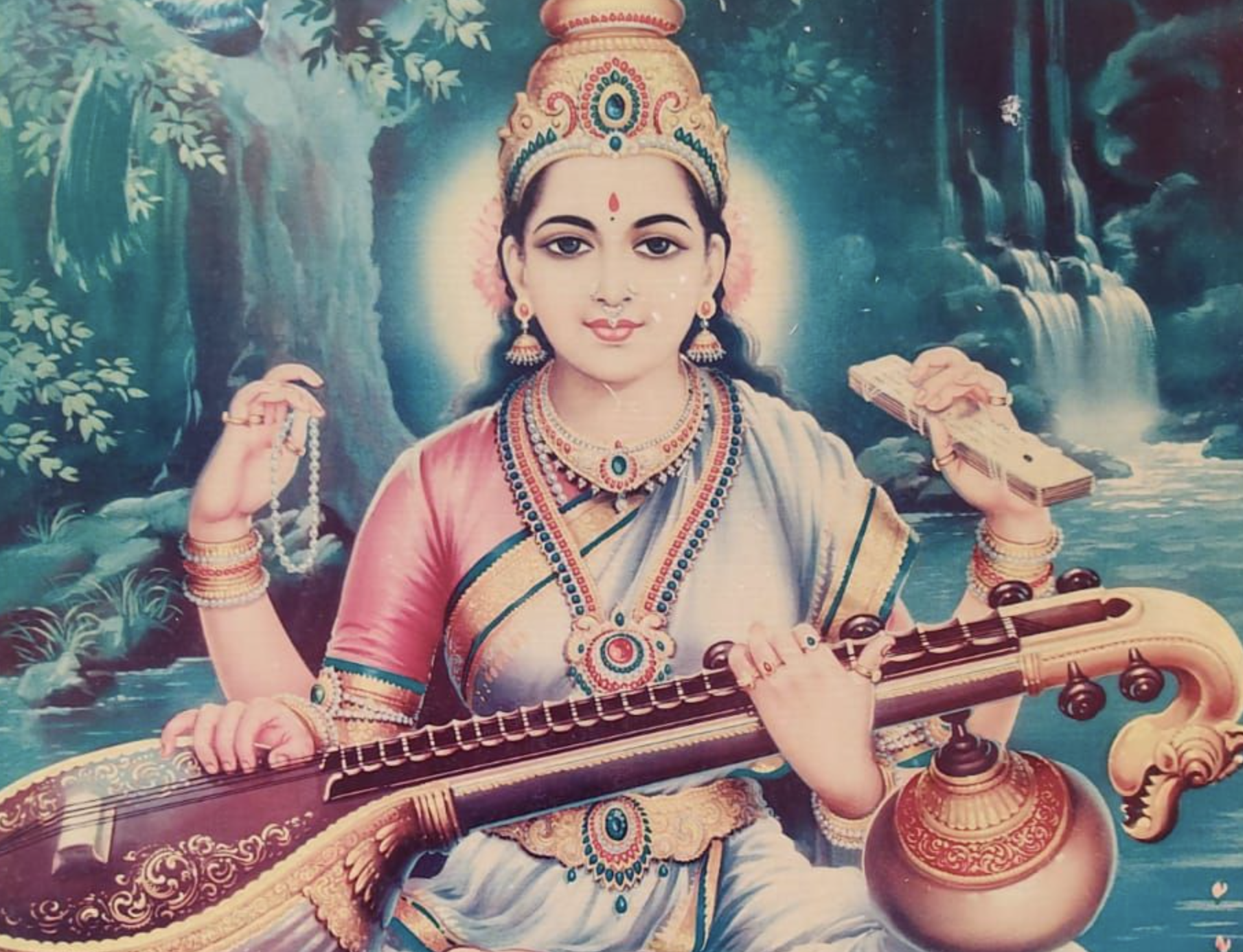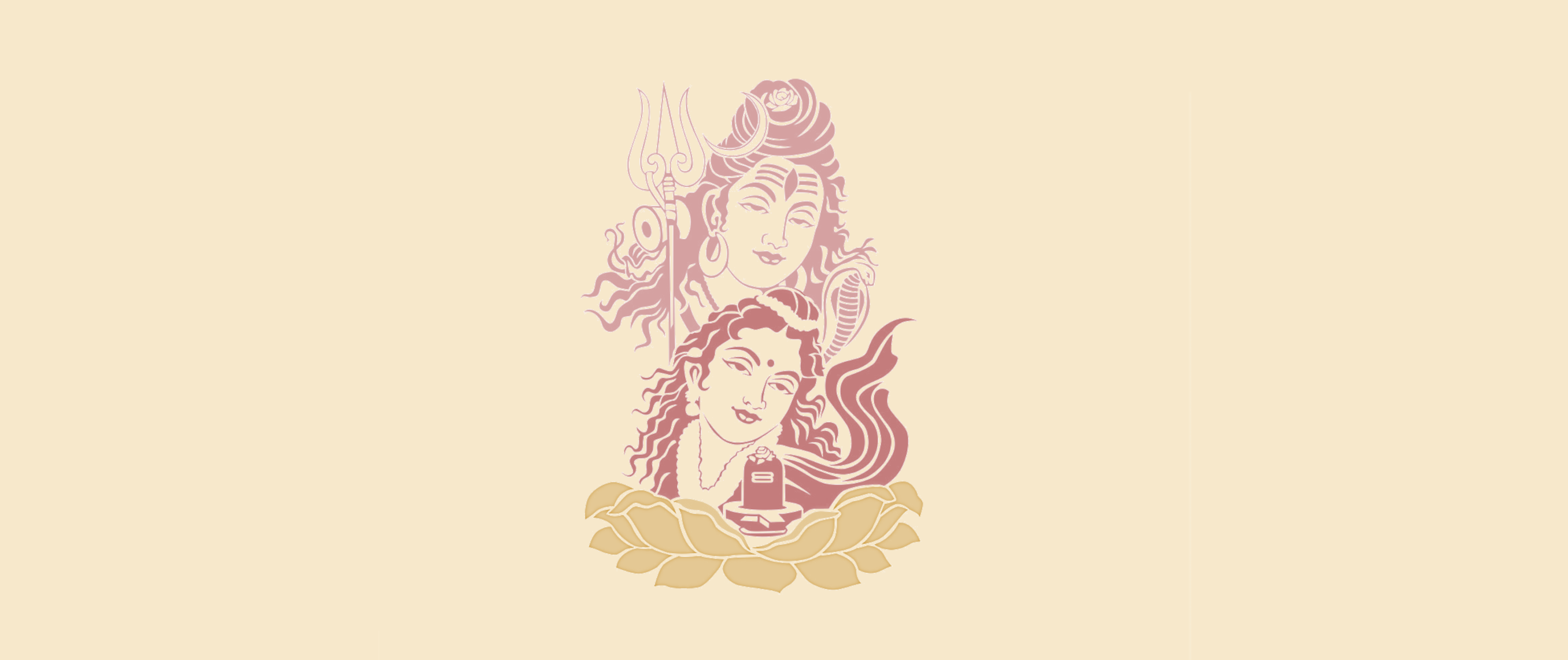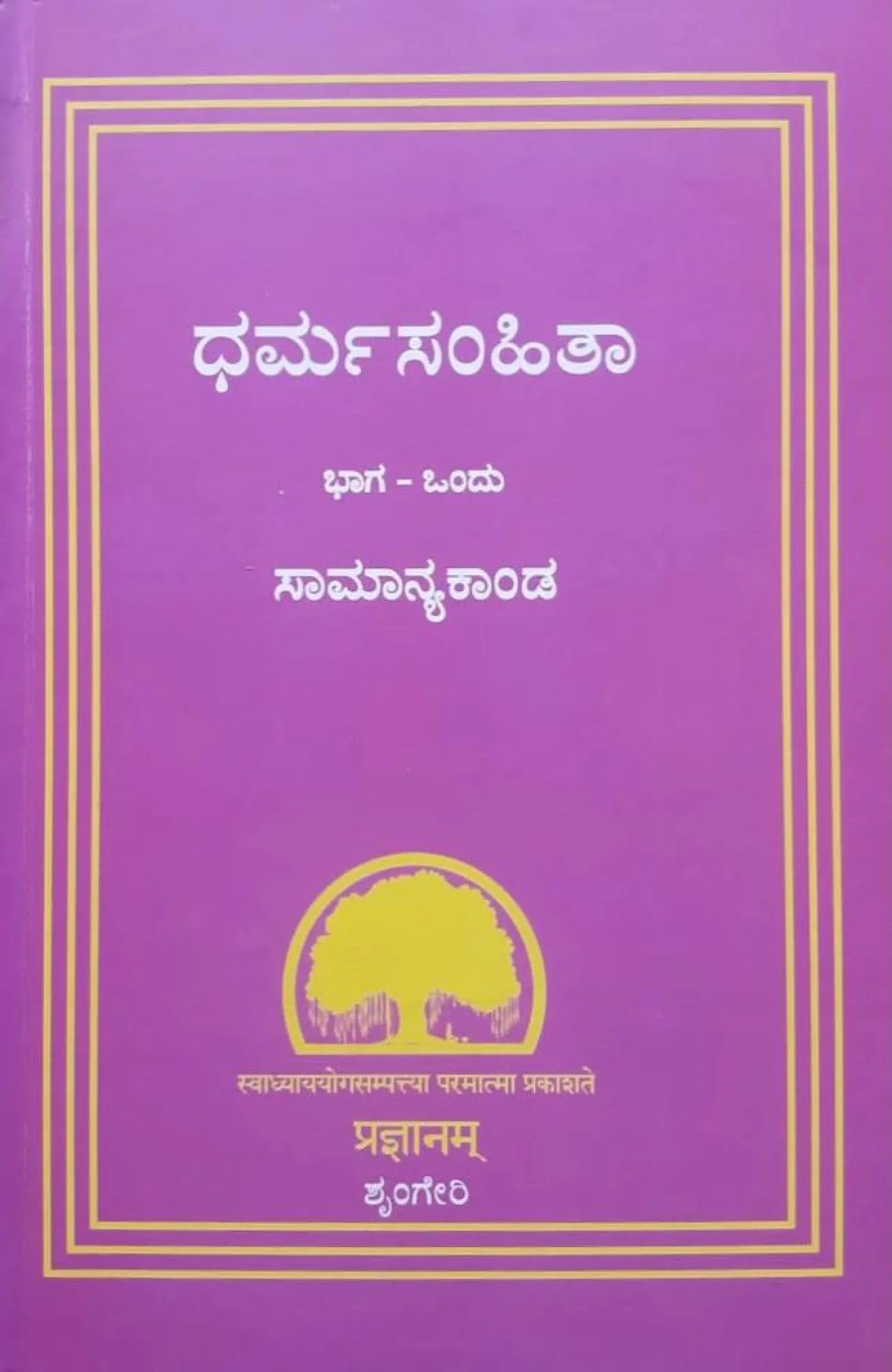Bhakti - The illuminator
Bhakti
Sharanagati means to take refuge in the higher forces and surrender to the divine will in every aspect of life. It starts with the realization that we are not in “control” of the outcomes of our actions. The attitude of ‘seeking refuge’ sets the right stage for any sort of emotional unfolding or awakening to occur within us. Once we surrender to God there is no struggle in accepting life as it flows.
Sharanagati Bhava can be invoked in the human hearts in many ways. It is said that in kali yuga (our current era) bhakti is a catalyst or the only means of attaining oneness with the Divine entities.
कलौ तु केवला भक्तिः ब्रह्म-सायुज्यकारिणी | भा.पु.स्क 1
What is ‘surrendering’ in totality?
It is giving up resistance in all aspects of life.
Chaitanya Mahabrabhu has beautifully cited the mental attitude required for surrendering or evoking bhakti and worshiping God.
तृणादपि सुनीचेन तरोरपि सहिष्णुना।
अमानिना मानदेनकीर्तनीयः सदा हरिः ॥Shiksha shatkam 3
One must worship Hari in a humble state of mind, thinking oneself lower than a blade of grass; more tolerant than a tree and respectful toward all. Only with such surrender can true boundless, unconditional and divine love awaken.
In the Narada Bhakti sutras, Narada muni explains Bhakti to be Apaara-Prema rupa. ‘She who is the embodiment of pure, boundless and unconditional love’.
सा तवास्मिन परमप्रेमरूपा || ना भ सू 2
She (bhakti) also embodies Amruta or nectar. If one attains this state of pure divine love he/she becomes perfect, immortal (Through boundless love you become a part of God; who is Ananta, the one without an end) and attains an inner satisfaction (the state of contentment).
अमृतस्वरूपा च | ना भ सू 3
यल्लब्धवा पुमान् सिद्धो भवति, अमृतो भवति, तृप्तो भवति. ना भ सू 4
In our puranas Bhakti is advanced in a nine-fold manner, this is Nava-Vidha Bhakti. It is as though she (Bhakti) has nine aspects to herself.
Nava-Vidha bhakti:
Krishna said in geeta -
पत्रं पुष्पं फलं तोयं यो मे भक्त्या प्रयच्छति| भ.गी ch.9 sl.26
He says - ‘whoever offers me a leaf, fruit, a flower or just plain water whole heartedly; that I shall accept with love’.
What is patra, it is a leaf symbolizing our body, Pushpa - our mind (Thoughts), Phala - actions/deeds and toya; our tears ( Our passion and deepest longing). God only seeks our Body, mind, actions and intense Bhava (represented by tears). Attaining this deep surrender is not easy, hence it has been mentioned as the final aspect of Bhakti. It is wise of us to make humble beginnings :)
श्रवणं कीर्तनं विष्णोः स्मरणं पादसेवनम्।
अर्चनं वन्दनं दास्यं सख्यमात्मनिवेदनम् । Bhagavatam Sk7, Ch5, sl 23

Now, there are Six Bhavas of approaching divinity. Most parts of the Navavidha Bhakti can be followed and adhered to with the mindset of these bhavas. For instance one can ceaselessly remember, worship and chant the Lord’s name as a Dasa, Sakha or Vatsa.
Evoking of these bhavas also depends on the form or Rupa of God one worships. One can easily feel Vatsalya towards Balamukunda or Bala tripura, Dasya towards Rama, Shanta towards Lalita, Shiva or Vishnu, Sakhya and Madhurya towards Krishna.
Certain forms require certain bhavas with only which they can be approached, for instance Kalabhairava, Narasimha or Ugra Tara cannot be approached with Sakhya bhava and Rama cannot be approached with Madhurya. Thus the bhava may shift based on deity, stage of life, method of worship and depth of practice ect.
Most texts mention Vatsalya bhava as an emotion where a person feels maternal love for the Lord, where the lord is visualized as a child. But we must also recognise that the feeling of being a child in front of god is also prominent in most of us. This is Vatsa bhava. With most forms of the divine mother we feel we are the child.
Six bhavas:
-
Dasya - The bhava of a servant or slave. This attitude is the most sacred, revered and suggested by the shastras fr it inculcates a certain Gadha Nishtha and Samarpana
-
Sakhya - The bhava of a friend. This mode of thinking is quite advanced to achieve, for a connection is two-way. It is said that a person is augmented towards Sakhya bhava after a long journey of tests and experiences amending their trust and surrender.
-
Vatsalya - The bhava where one feels maternal affection towards God. This is the most difficult bhava to be in. For to adhere to this mode of existence one must have great patience, unconditional love, forbearance and gentle care. This is also the most sacred and Sentire way of connecting with divinity.
-
Shanta - The bhava which is bereft of earthly emotions. It is what most Sannyasins adhere to. It is Nishchala. In this case too, the Bhakta’s heart is filled with intense devotion. His/Her way of expressing it is different. Existing in this Bhava is also in accordance with the bhaktas temperament.
-
Madhurya - The bhava where the bhakta intensely Loves God as his\her beloved. Like what the Gopis had for Krishna.
- Vatsa - Where one feels like a child. Most commonly experienced by shaktas. (worshippers of the sacred feminine). Like what Rakamakrishna Pramahamsa felt for Kali ma. Like the Vedic people of the old felt of Agnideva (In Agni sukta Rg. M1. S1. R9 Agni is addressed as Father). Shankaracharya too, mostly composed hymns in this Bhava.









